Setting Up a Cyclone Sandblast Cabinet
Setup and Blast Away
Sandblast cabinets are a relatively basic machinery style for your coldshop. It mainly consists of a sealed cabinet, a siphon-fed pickup arm with a blast nozzle, a foot pedal to actuate the air pressure, an interior lightbulb so you can see what you are blasting, and a dust collector to evacuate the fine particles as they break down.
Adding your loose abrasive and connecting to a compressor are the only things you need to do to get up and running quickly. You're mostly looking to ensure the interior dimensions of your sandblast cabinet will fit your work comfortably. There is either a side door or full top opening to get your work into the cabinet.
CFM What?
One of the main things you need to look at with your sandblast cabinet is how much CFM (Cubic Foot of air per Minute), the cabinet requires to push the abrasive through the nozzle. Most cabinets are standard with a 14CFM nozzle.
This will typically require a larger 220V compressor hard wired to your electrical. Smaller "pancake" style compressors from your local home supply store won't cut it. They generally only provide about 2.5-3 CFM of air, so you won't be able to blast anything.
We can replace your nozzle with a 5CFM nozzle to reduce the air requirements if you don't have a compressor that can supply the 14CFM required.
Which Grit Should I Use?
This is a fairly common question that we get. Which is the best grit to use in your sandblaster?
There are several options depending on what you need your sandblaster to accomplish. Two leading abrasives used in sandblasters for glass are Silicon Carbide and Aluminum Oxide.
Deciding which abrasive to use depends on what you need. Silicon carbide is a sharper abrasive, cutting deeper into the glass and leaving a more frosted look. Typical surface blasting is done with a 220-grit silicon carbide, while deep carving is done with a rougher 80 or 100-grit. The rougher the grit, the faster you'll burn through your blasting nozzles and the more often you'll replace them. Silicon carbide will break down faster than aluminum oxide and must be replenished more frequently.
Aluminum oxide is not as sharp as silicon carbide, so it's often only used for surface blasting. Blasting a surface with aluminum oxide will take a little longer, but it will leave a finer finish on the glass than the silicon carbide. 220-grit is the most commonly used grain size for aluminum oxide for blasting glass surfaces.



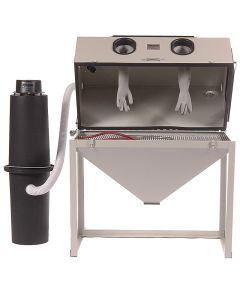
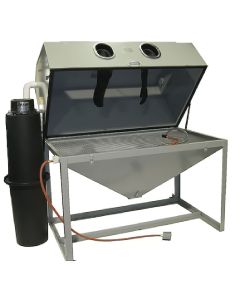
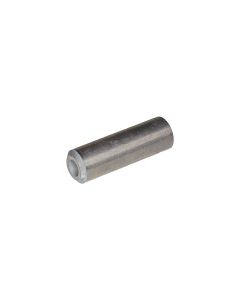
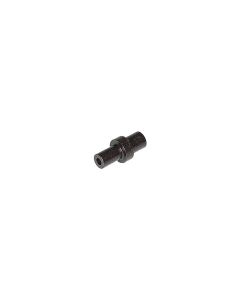
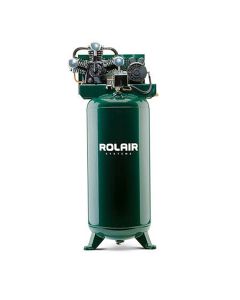
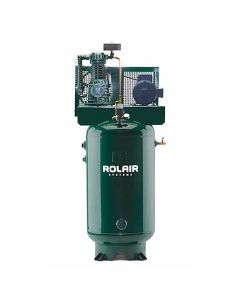
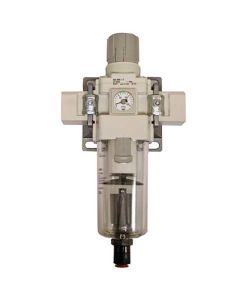
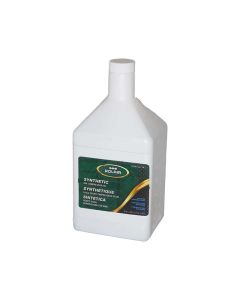

Login and Registration Form